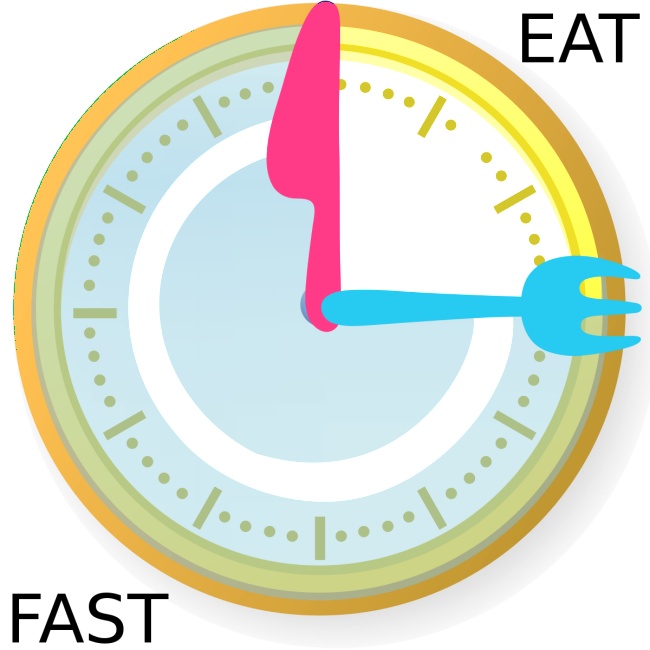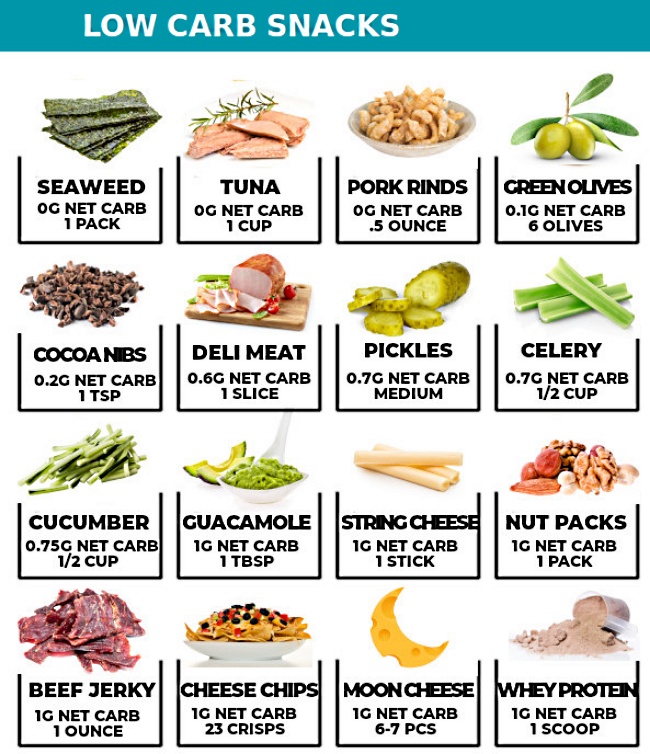How to Avoid Incessant Hunger Pangs When Intermittent Fasting
Using calorie deficit methods and eliminating one meal a day are proven ways to lose weight. When combined with intermittent fasting the outcomes are even better. For example, only eating two meals a day (breakfast and dinner at 7 am and 7 pm) provides two fasting intervals of 12 hours each day. The merits of Intermittent fasting have been lauded for weight loss programs and to improve gut health and mental well-being. But, intermittent fasting, especially when you start doing it can lead to incessant hunger pangs and light-headed feelings which can be distracting. So how do you cope with these issues?

The first point is that your body will adjust to the new eating regime after several days. Secondly, it pays to ensure your meals are as filling as possible and contain items that are digested slowly such as protein, fiber and bulky raw vegetables. The calorie reduction and fasting works even better when you eliminate processed foods from your diet and restrict carbohydrates to those in whole foods. This means eliminating starchy foods such as rice, potatoes, bread and other baked grained products. It also means eliminating popular cereals for breakfast in favor of rolled oats used to make homemade muesli and porridge.
There is no point suffering unduly and being too obsessive. Eating a small snack such as fresh fruit such as a banana or apple can keep the hunger pangs at bay. There are also many snacks that have very low calorie counts.

In general, increasing the fullness quotient in your meals will delay the onset of hunger pangs. The key elements are:
1. Protein
As a rule of thumb, all of your main meals throughout the day should include about 25% protein. Your digestive system takes longer to process protein than carbohydrate and this keeps you feeling fuller for longer periods between meals. Protein-based snacks throughout the day can be helpful as well. This does not mean adding high protein shakes, bars and balls to your diet. Rather, you should focus on getting the protein from real, whole foods. This means meals that contain meat, seafood, poultry and eggs, as well as plant based high protein foods such as like tofu, legumes, nuts and seeds. Dairy foods can provide protein in your diet as well.
2. Fiber
Fiber good for your digestive system and it can help to reduce cholesterol levels as well. When dieting, fibrer fills you up and has a satiating effect that delays the onset of hunger pangs as your stomach and intestine stays fuller for longer periods after eating each meal. Fiber can be found in many plant foods such as fruits, whole grains, vegetables, herbs, many legumes such as beans, lentils and chickpeas, and also in some nuts and seeds. Aim for a diet that includes a minimum of 30-50 g of natural fiber per day contained in whole foods.
3. Bulky Plants Foods
Many plant foods are rich in bulk as well as fiber. Some foods are regarded as negative calorie foods, because supposedly it takes more calories to break them down and digest them in the gut, than the calories within them. While this is a myth, the principle remains true. Many foods have bulky vegetable material and low calorie density, that takes a low time to digest and this promotes fullness.
Some good examples are:
- Lettuce containing 5 calories per cup; 95% water
- Celery containing 14 calories per cup; 95% water
- Carrots containing 52 calories per cup; 88% water
- Broccoli containing 31 calories per cup; 89% water
- Grapefruit containing 69 calories per cup; 92% water
4. Healthy Fats
The bad reputation for fats in healthy diets is unwarranted. Fats can be calorie-dense and eating a small amount can be a 'calorie-bomb'. But, eating small portions of healthy fats in moderation can keep you feeling full for longer. Fats are good for brain and heart health. Good sources of healthy fats are salmon, tuna, sardines, mackerel, avocado, nuts and seeds.
5. Low-GI Carbohydrates
When you consume carbohydrates in your diet, your body breaks them down into sugars. These are absorbed into the bloodstream and become a major energy source for your muscles and general metabolism The speed at which this process occurs is reflected in the so-called Glycaemic Index, or the GI, which varies greatly for different types of food. High-GI foods such are biscuits, chocolate and sugary-snacks are broken down quickly, so your blood sugars level rise to a quick spike and then crash. That leaves you feeling lethargic and very hungry very soon after eating a meal. Low-GI foods, in contrast, are broken down slowly. The sugar products derived from digestion enter your blood stream gently, rise to a peak more slowly and fall over a longer period of time. This keeps you feeling far more satisfied for longer. Some examples of low-GI foods are whole grains, fresh fruit and dairy foods. On the other, hand High-GI foods to avoid include white bread, sugary snacks, processed foods, sugary drinks and sweet treats.